Causes and Ways to Overcome Stress in Vannamei Shrimp
Stress in vannamei shrimp is a common problem in aquaculture that can harm growth, health, and shrimp production. What’s more, this shrimp is susceptible to stress due to its sensitivity to environmental changes.
Vannamei shrimp is one of the most widely cultivated species worldwide due to its fast growth rate, high survival rate, and disease resistance.
However, farmers often face the challenge of stress on their shrimp, which can lead to reduced growth rates, decreased survival, and increased susceptibility to disease.
Therefore, we will discuss more deeply how to stress vannamei shrimp. Including the signs and how to overcome them.

Causes of Shrimp Stress
1. Water quality
Poor water quality, including low oxygen levels, high ammonia and nitrite levels, to pH fluctuations, can cause stress for vannamei shrimp during cultivation.
2. Handling and Transportation
Handling and moving shrimp that are rough and not according to standards can also cause stress to the shrimp. This is because shrimp are sensitive to external stimuli, such as shock, exposure to too high a temperature, and overcrowding.
3. Environmental factor
Shrimp are sensitive to sudden environmental changes. Examples include rapid changes in light, temperature, and salinity. This sudden change can be a stress-causing factor for vannamei shrimp.
4. Inappropriate Feed and Nutrition
Poor or inadequate feed quality can cause stress to shrimp. This is because feed with poor quality can cause shrimp to experience an imbalance in the nutrients, vitamins, and minerals they get.
Signs of Stressed Shrimp
Farmers must continue to monitor shrimp during cultivation for signs of stress to prevent a more significant impact of losses. Here are some common symptoms of stress on vannamei shrimp:
- Appetite and eating activity is reduced
- Reduced activity and behavior become sluggish
- Shrimp mortality rate increases
- Abnormal swimming behavior, such as swimming in circles and darting.
- Poor growth rate
- Color change in the shrimp body
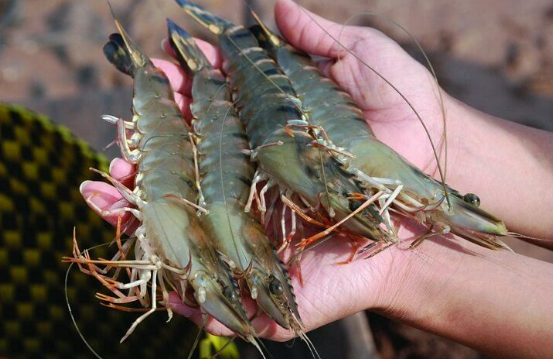
Impact of Stress on Shrimp
Stress in shrimp has a significant impact on shrimp health and growth. That is why farmers must constantly monitor the condition of the shrimp so they don’t experience stress during cultivation.
1. Lowering Shrimp Immunity
Stress can have a direct impact on the shrimp’s immunity. To be precise, it can significantly lower the immune level. This makes the shrimp more susceptible to disease and infection.
2. Reduced Growth
Stress can indirectly inhibit the growth of vannamei shrimp during cultivation. Stressed shrimp tend to have a disturbed diet, so not as many nutrients are absorbed.
3. Increasing Mortality Rate
Severe or prolonged stress can increase mortality among pond shrimp populations.
4. Behavior Change
Changes in behavior also have a direct impact when the vannamei shrimp are stressed. These changes include decreased activity levels and changes in diet.
How to Overcome Stress Shrimp
Preventing and managing stress in vannamei shrimp requires careful monitoring and management of environmental and physiological factors. Here are some ways to deal with stress on vannamei shrimp:
1. Monitor Water Quality Regularly
Monitoring water quality parameters regularly can be a way of preventing stress on vannamei shrimp. This is because optimal water parameters are the best environment for growing shrimp.
Therefore, regularly check water quality parameters such as temperature, pH, salinity, and dissolved oxygen levels, and make adjustments in case of fluctuations to maintain optimal conditions.
2. Give Enough Nutrition Shrimp
Adequate nutrition can make shrimp grow optimally and avoid stress. Ensure to provide balanced nutrition in feed and probiotics to support shrimp growth.
3. Adjust Stocking Density with Pond Capacity and Cultivation Type
Vannamei shrimp stocking densities that are excessive and not under pond capacity can cause stress to the shrimp. Because shrimp will compete with each other to get food and space for movement.
4. Shrimp Acclimatization
The last way to prevent stress on vannamei shrimp is to acclimate the shrimp gradually to changes in water quality parameters.
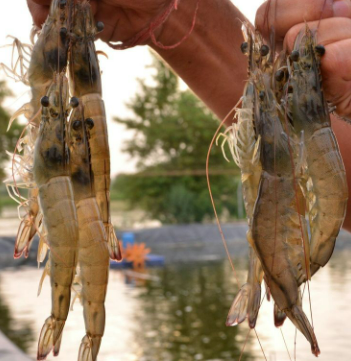
Cre: DELOS Aqua
Ngày đăng : 30/01/2024
1167 View
Other Articles








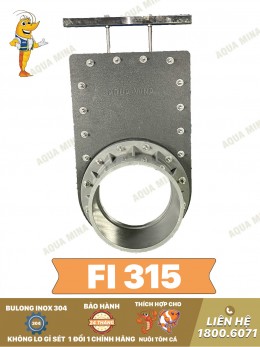
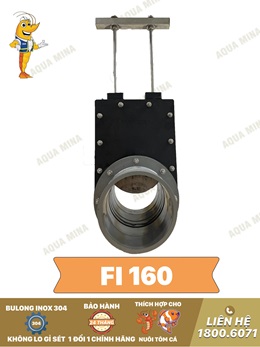

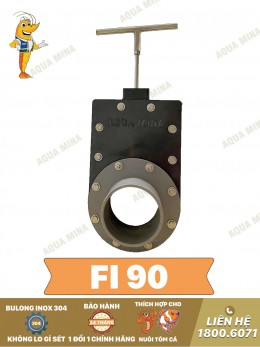
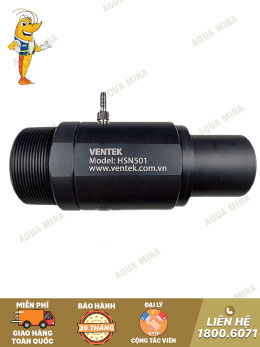
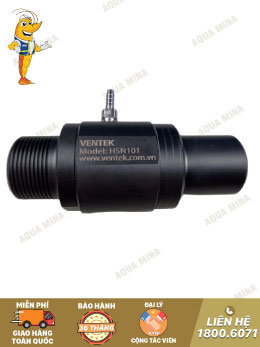

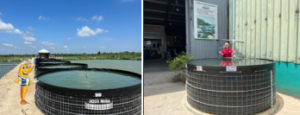

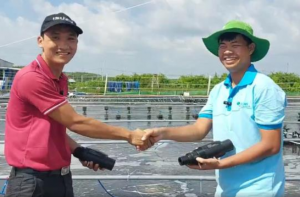
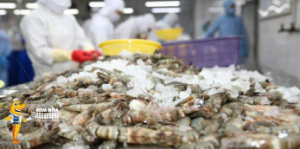
.jpg)